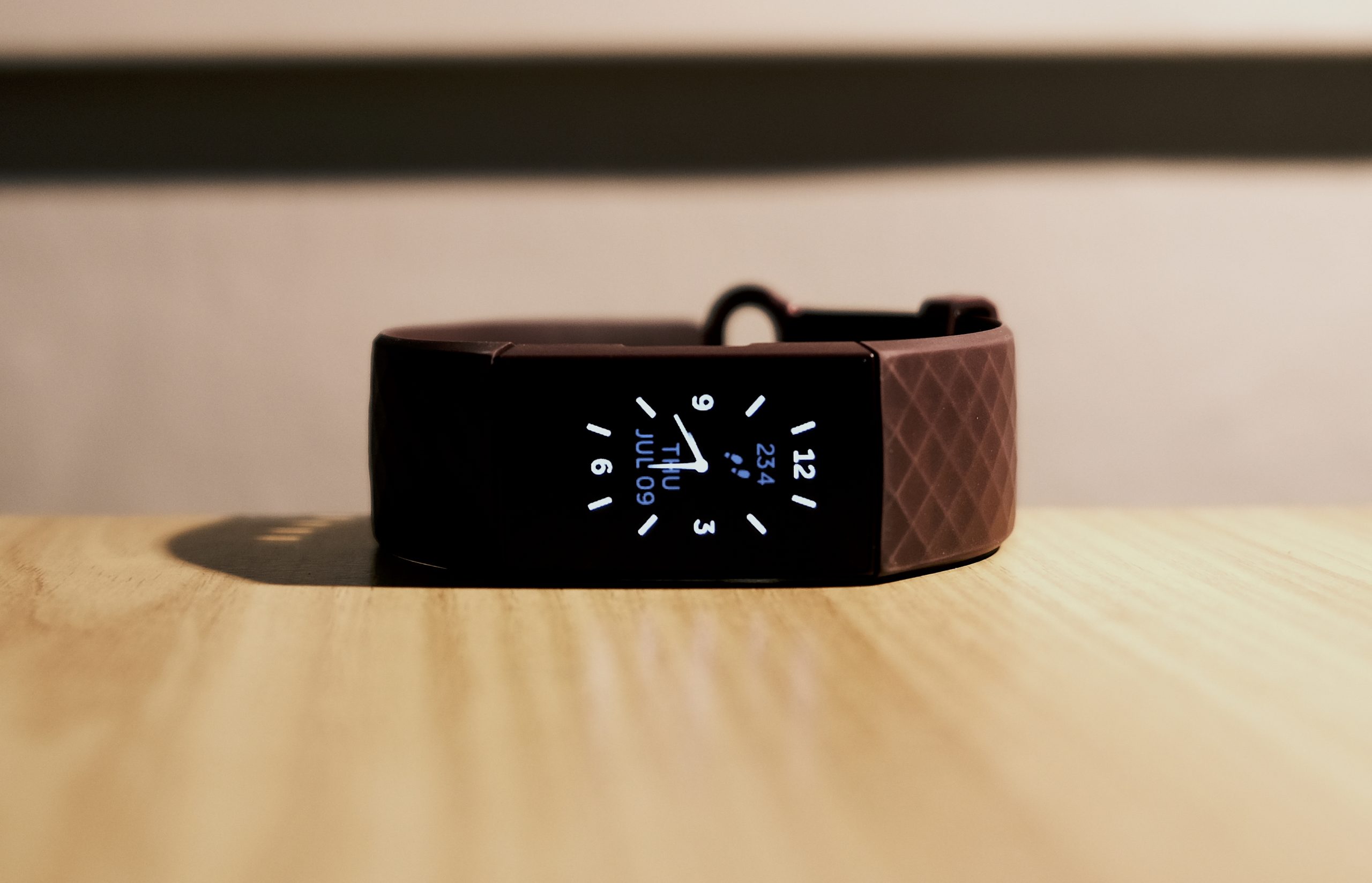Featured
Fitbit Charge 4 – a fantastic running companion
The Fitbit Charge 4 may look like the 3, but it comes with Fitbit Pay, Active Zone Minute tracking, and a built-in GPS. BRYAN TURNER tries out Fitbit’s latest tracker.
Share
- Click to share on Twitter (Opens in new window)
- Click to share on Facebook (Opens in new window)
- Click to share on LinkedIn (Opens in new window)
- Click to email a link to a friend (Opens in new window)
- Click to share on Reddit (Opens in new window)
- Click to share on WhatsApp (Opens in new window)
- Click to share on Pinterest (Opens in new window)
Being stuck inside during lockdown can give one more time to start new projects, as all of those New Year’s Resolutions turn into Lockdown Resolutions. One of the most common is promising oneself to become healthier, whether it be through exercise, dietary changes, or both. Thankfully, Fitbit can help with both.
At the end of 2018, Fitbit released the Charge 3, which featured a larger screen and a longer battery life compared to its predecessor. The overall design was well-received by fitness enthusiasts. Last month, Fitbit released the Charge 4 and it looks nearly identical to the Charge. 3 but packs a bunch of new features.
Along with the overall design remaining the same, Charge 3 bands are compatible with the Charge 4, which is good news for Charge 3 users wanting to upgrade. The Charge 4 keeps the same 1-inch greyscale touchscreen as the Charge 3. To keep this form factor water-resistant, Fitbit did away with the side button in favour of a haptic pressure button. Similarities aside, the Charge 4 has undergone a huge internal overhaul.
The most dramatic change is the built-in GPS, which makes the Charge 4 the first Fitbit tracker to house a GPS. Going for a run and tracking it is now a lot more convenient, because the Fitbit no longer needs to be tethered a phone’s GPS.
Fitbit says the Charge 4’s battery lasts around 5 hours when using the GPS continuously, which makes it ideal for a casual runner. While I’m far too unfit to go for a 5-hour continuous run, it was tested with a series of four 45-minute runs, and the battery lasted just over 4 days. Without using the GPS function, one can expect a 7-day battery life.
For those who want to run longer, one will need to take a smartphone along to use the Connected GPS feature. This makes use of the smartphone’s GPS for position tracking, instead of the Fitbit’s built-in GPS.
If you don’t mind taking your phone along for a run, the Charge 4 also features Spotify Connect and Control, which allows you to change Spotify tracks and playlists from the Fitbit. This feature works great along a run but also proved useful for controlling music when doing other activities, like cooking where the phone is out of reach.

This feature is for controlling Spotify playback on other devices only – which is not as convenient as the Deezer download feature on Fitbit Versa smartwatches. If you want to have music offline (stored on the wearable) with GPS tracking, the Versa 2 may be a better option. (Arthur Goldstuck raved about it. See his review here.)
While you might need to bring your phone, you won’t need your bank card. The Charge 4 features Fitbit Pay, which allows users to make payments with the tracker at almost any merchant that supports Tap-to-Pay/Tap-and-Go/PayWave. This is extremely useful when shopping during the COVID-19 pandemic, because transactions made with Fitbit Pay don’t need pin entry (meaning one less frequently-touched surface one doesn’t have to touch). To activate it, one must hold in the button until the card symbol appears on the screen, then hold the tracker near the card reader.
Fitbit also introduced Active Zone Minutes on the Charge 4, which is a new metric for cardio health that’s based on the World Health Organisation’s movement goals. Read our review of Active Zone Minutes here.
A new set of features have been pushed the Charge 4 in an update recently, which includes Smart Wake – a feature that was made popular in the Versa smartwatch range and which wakes one up in the lightest stage of sleep.
Overall, the Charge 4 is a fantastic choice for those who don’t want the smartwatch form factor but want smartwatch features, like built-in GPS and Spotify control.
Share
- Click to share on Twitter (Opens in new window)
- Click to share on Facebook (Opens in new window)
- Click to share on LinkedIn (Opens in new window)
- Click to email a link to a friend (Opens in new window)
- Click to share on Reddit (Opens in new window)
- Click to share on WhatsApp (Opens in new window)
- Click to share on Pinterest (Opens in new window)
| Thank you for Signing Up |

















